Lawyer Finds Empirical Proof That Twitter Doesn't Produce Results
 Mark Herrmann is the lawyer who writes the "Inside Straight" column on Above the Law, a legal tabloid that covers colorful personalities and powerful institutions. His column is promoted with their Twitter account @atlblog, which has an impressive 12,656 followers.
Mark Herrmann is the lawyer who writes the "Inside Straight" column on Above the Law, a legal tabloid that covers colorful personalities and powerful institutions. His column is promoted with their Twitter account @atlblog, which has an impressive 12,656 followers.
But the tweets make no difference. "I’ve concluded that Twitter doesn’t work: People don’t read what the Twitterers recommend," he says. He is the Vice President and Chief Litigation Counsel at Aon Corporation.
He has written 50 columns and "As measured by my readership numbers, do more tweets yield more pageviews? And the answer: They do not," he says. Google Analytics and Twitter statistics on his author web page show that Twitter has virtually no impact.
His most widely-tweeted column on blogging for business development got a measley 41 tweets, and produced only 4,000 page views. There is a "Tweet this" button right on his column.
His most widely-read columns ordinarily get 12,000-14,000 page views. "Because those were my most widely-read posts, you might expect them also to have been my most widely-tweeted posts, which would suggest that Twitter drives readership. But they were not, and it does not."
He adds, "But, if you’re looking for a correlation between popularity on Twitter and readership on columns at Above the Law, you can’t find it here. “Followers” on Twitter do not seem to click through links very often to read original source materials. And that suggests that Twitter may not be a great tool for developing legal business. If I were still in private practice and trying to make a name for myself, I’d stick to blogging."
"You can’t exactly prove your expertise in 140 characters. You can’t prove that you can write with clarity or grace. And you can’t even summarize information on the web to which you’re linking. All you can really prove is that you follow a topic and aggregate an interesting collection of stuff; you recommend things that you believe are worth reading. If you’re aggregating the good stuff in a particular field, then your followers should be clicking through your links to read what you’ve recommended," he said.
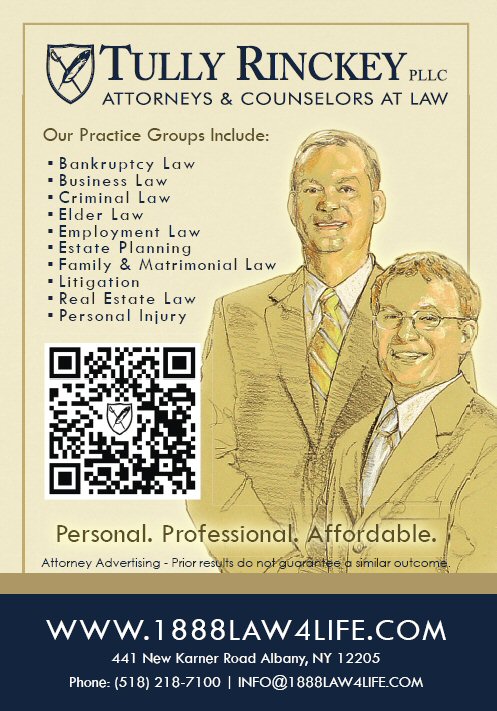
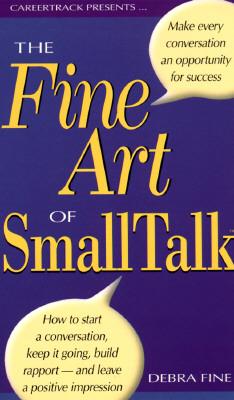 From Mary Ellen Sullivan, a Chicago-based freelance writer, on AttorneyAtWork:
From Mary Ellen Sullivan, a Chicago-based freelance writer, on AttorneyAtWork:.jpg) What is the best way to regulate lawyers in the US? The ABA Commission on Ethics 20/20 is considering a new proposal for uniform regulations for the delivery of legal services. Now you can have your say in a public online survey expressing your point of view.
What is the best way to regulate lawyers in the US? The ABA Commission on Ethics 20/20 is considering a new proposal for uniform regulations for the delivery of legal services. Now you can have your say in a public online survey expressing your point of view.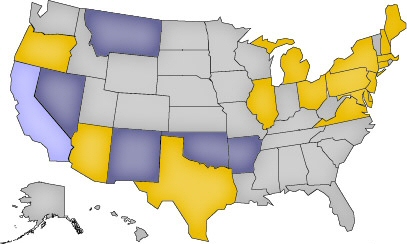 In a stunning move, 23 major law firms have joined business clients to call for a uniform set of lawyer regulations, so that American lawyers can compete in the global economy.
In a stunning move, 23 major law firms have joined business clients to call for a uniform set of lawyer regulations, so that American lawyers can compete in the global economy. 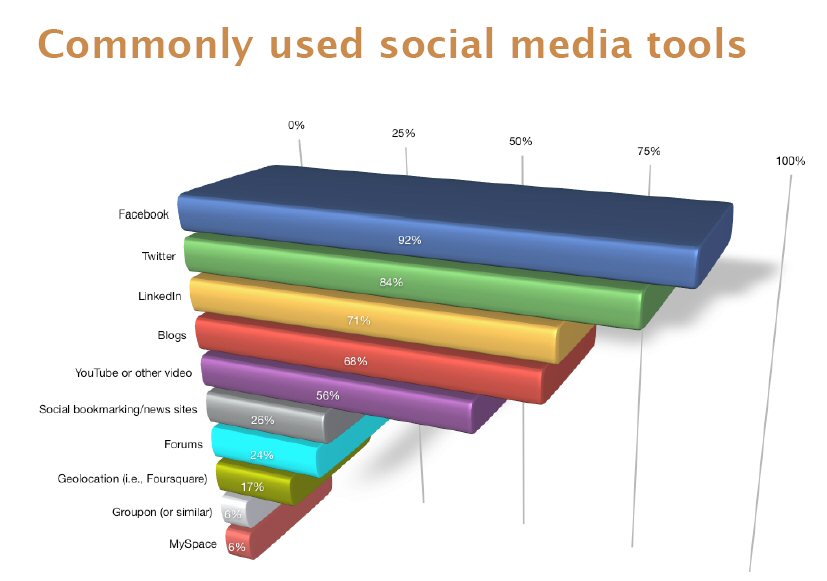



 CRM is the red-headed stepchild of law firm marketing. Lawyers are by nature reluctant to share their hard-earned contacts with others. CRM is a headache for marketing departments, which have the thankless task of updating the databases. CRM rollouts have an 80% failure rate, according to CRM.com.
CRM is the red-headed stepchild of law firm marketing. Lawyers are by nature reluctant to share their hard-earned contacts with others. CRM is a headache for marketing departments, which have the thankless task of updating the databases. CRM rollouts have an 80% failure rate, according to CRM.com. The 70-lawyer firm called it C-P-R (Clients, Prospects, Relationships) for CRM. "Our strategic objective was to identify and promote cross-selling opportunities across all practices of the firm, and increase efficiency and effectiveness of practice development efforts by leveraging a CRM application," Fitzgarrald said. "Our marketing goal was to foster a firm-wide, cross-selling culture by building trust and confidence in a CRM application."
The 70-lawyer firm called it C-P-R (Clients, Prospects, Relationships) for CRM. "Our strategic objective was to identify and promote cross-selling opportunities across all practices of the firm, and increase efficiency and effectiveness of practice development efforts by leveraging a CRM application," Fitzgarrald said. "Our marketing goal was to foster a firm-wide, cross-selling culture by building trust and confidence in a CRM application."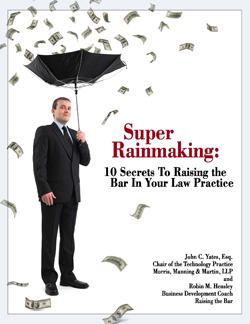 This is an excerpt from
This is an excerpt from 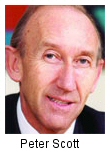 One of the most common complaints from managing partners of law firms is that they cannot get their partners to open up their client bases to partners in other disciplines so that the firm can successfully ‘cross-sell’ other practices. This remains a tricky challenge for business developers and marketers across the law spectrum.
One of the most common complaints from managing partners of law firms is that they cannot get their partners to open up their client bases to partners in other disciplines so that the firm can successfully ‘cross-sell’ other practices. This remains a tricky challenge for business developers and marketers across the law spectrum.
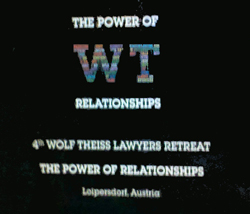 Training 300 young lawyers in business development at once is impressive. But inviting in-house corporate counsel to the training retreat and getting new business from them is over-the-top fantastic.
Training 300 young lawyers in business development at once is impressive. But inviting in-house corporate counsel to the training retreat and getting new business from them is over-the-top fantastic.  More law firms are offering Web seminars as a way to reach a large number of people because no one – neither the presenters nor the attendees – is required to travel to see the program.
More law firms are offering Web seminars as a way to reach a large number of people because no one – neither the presenters nor the attendees – is required to travel to see the program.  I put on a highly successful and well-received webinar under Larry's guidance, that brought me significant additional recognition as an appellate lawyer. I immediately got calls referring files to me in my area of specialization, indicating the success of the guidance Larry was providing. There was no question for which Larry didn't have some helpful answer. --Thadd Blizzard, Esq., Former Partner, Weintraub Genshlea Chediak.
I put on a highly successful and well-received webinar under Larry's guidance, that brought me significant additional recognition as an appellate lawyer. I immediately got calls referring files to me in my area of specialization, indicating the success of the guidance Larry was providing. There was no question for which Larry didn't have some helpful answer. --Thadd Blizzard, Esq., Former Partner, Weintraub Genshlea Chediak..jpg) As part of
As part of 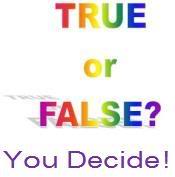 I was surprised to read read that less than 1% of web site visits come from social media, according to research findings released by
I was surprised to read read that less than 1% of web site visits come from social media, according to research findings released by 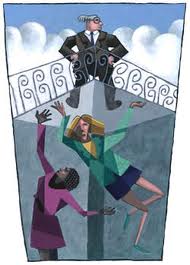 Yes Virginia, there is a glass ceiling in the legal profession. It’s invisible, but it highlights the disparity between men and women lawyers. The latest evidence that women are shortchanged in the law is found in the 2011 Billing Rates & Practices Survey published by ALM Legal Intelligence.
Yes Virginia, there is a glass ceiling in the legal profession. It’s invisible, but it highlights the disparity between men and women lawyers. The latest evidence that women are shortchanged in the law is found in the 2011 Billing Rates & Practices Survey published by ALM Legal Intelligence.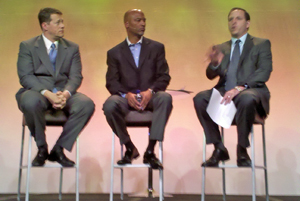
 Wolf Theiss of Austria (and all of Eastern Europe) for their Lawyers Retreat organized by Chief Business Development Officer
Wolf Theiss of Austria (and all of Eastern Europe) for their Lawyers Retreat organized by Chief Business Development Officer 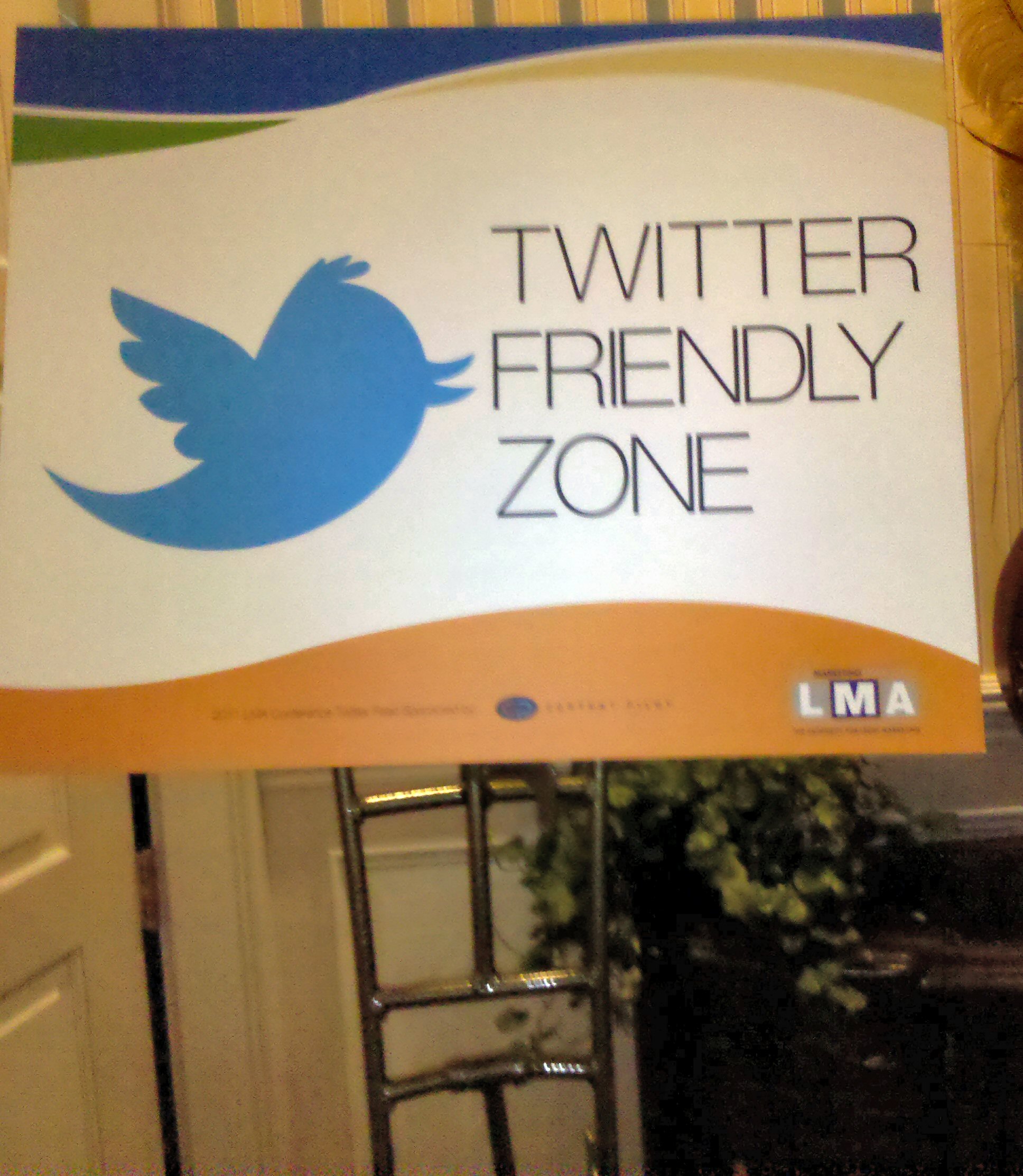 It's hard to believe but this is the 25th LMA national conference. 1,000 people registered to attend here in the deliciously warm and humid fantasy land of Orlando. The first LMA meeting started when the Internet Mail Access Protocol opened the way for E-Mail, and today's began with a Tweet-up social media meeting.
It's hard to believe but this is the 25th LMA national conference. 1,000 people registered to attend here in the deliciously warm and humid fantasy land of Orlando. The first LMA meeting started when the Internet Mail Access Protocol opened the way for E-Mail, and today's began with a Tweet-up social media meeting. Social and mobile technologies have rebooted the law firm marketing landscape over the past few years as early adopters have turned novelties into mainstream essentials.
Social and mobile technologies have rebooted the law firm marketing landscape over the past few years as early adopters have turned novelties into mainstream essentials. 


